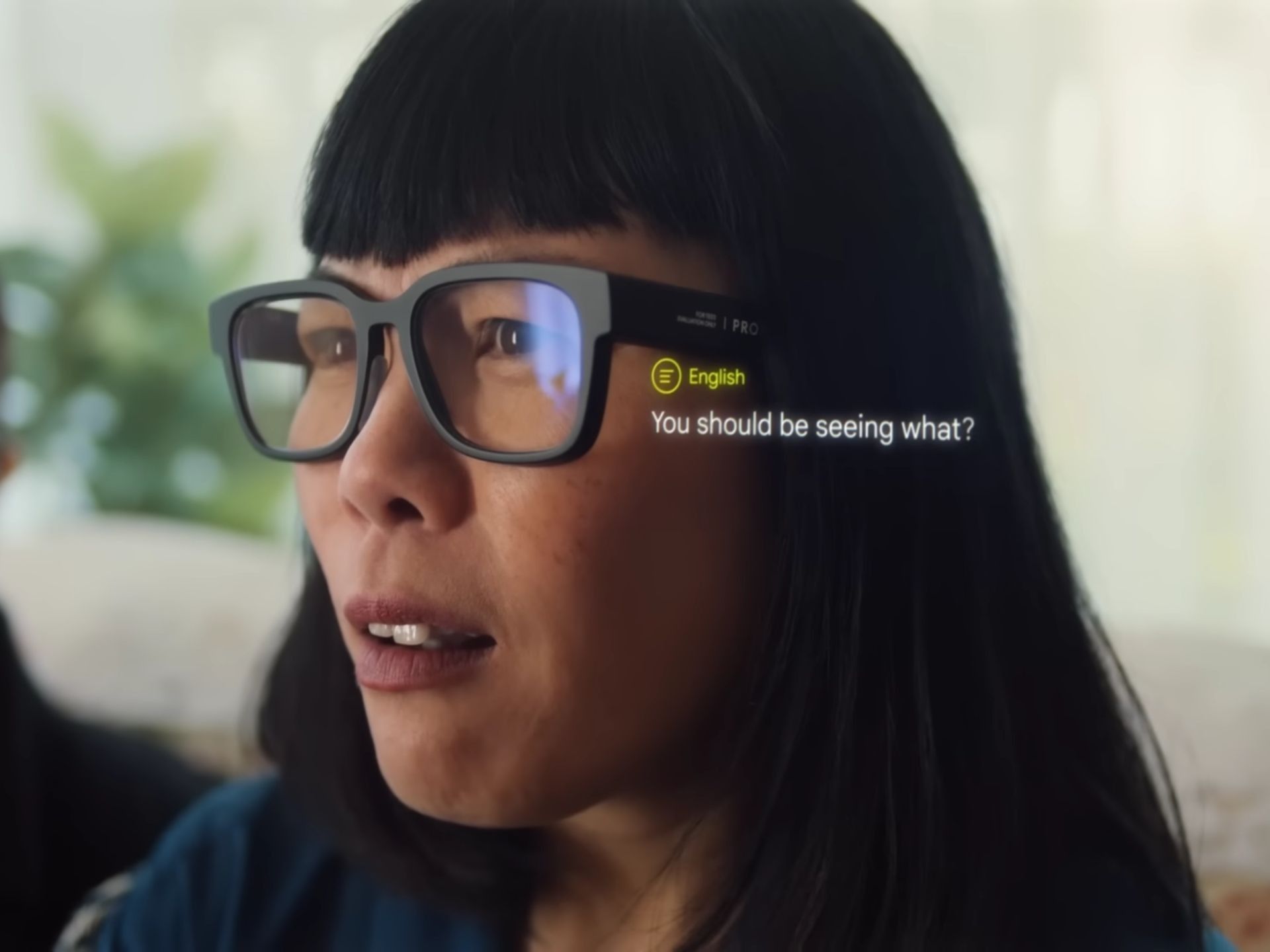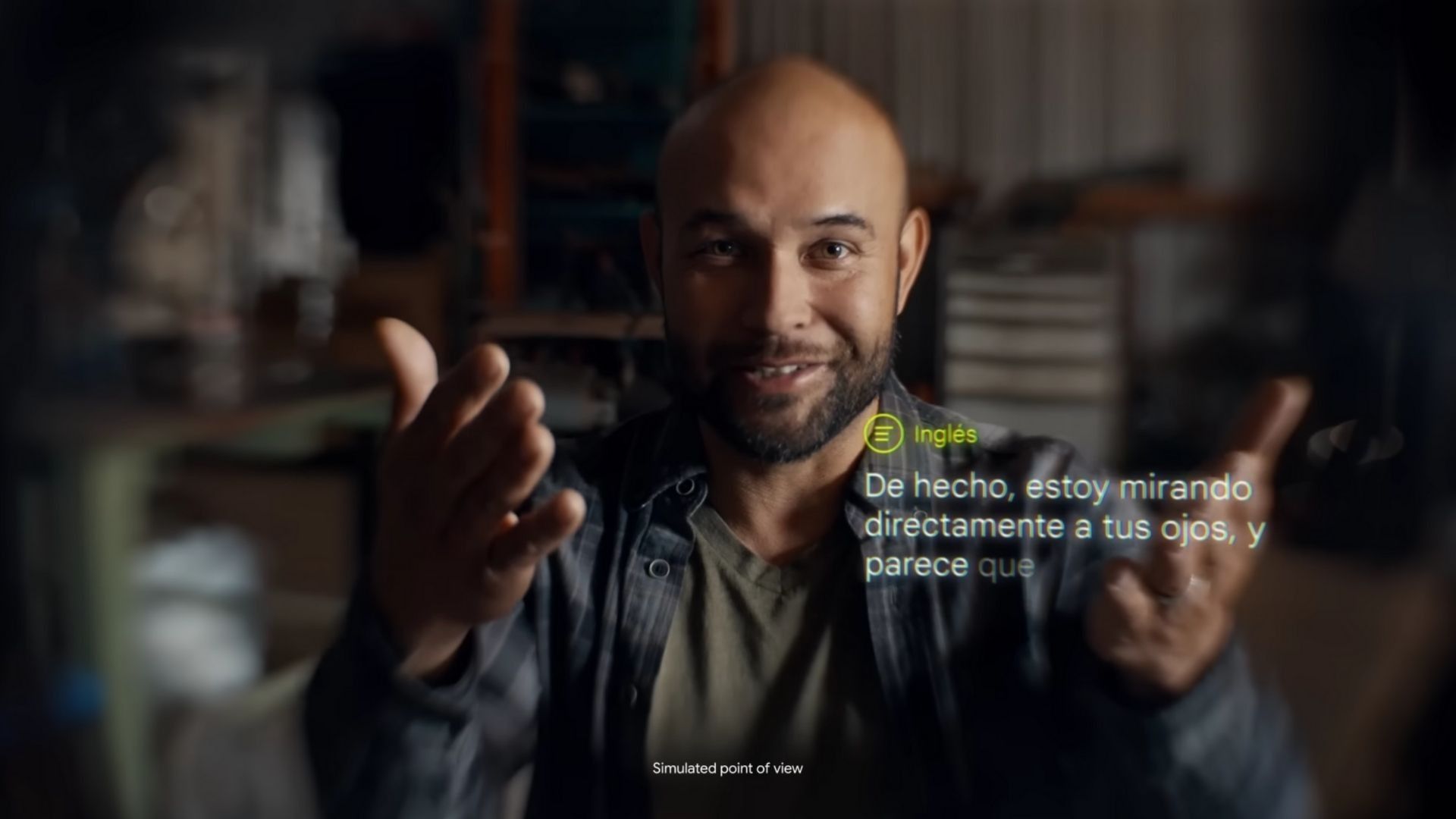Google announced several new products at Google I/O 2022, such as the Google Pixel 6a, the Google Pixel Buds Pro, and new renders of the Google Pixel 7 and Pixel 7 Pro. The company also announced its first-ever smartwatch, the Google Pixel Watch, and teased its upcoming Pixel tablet, which will arrive sometime next year.
The company also showed off other updates that it plans to roll out to services like Google Maps, Google Suit, Android 13, and others, and also showed off a new prototype that could remove the language barriers and allow everyone to speak and understand all languages effectively.
Before we go any further, I strongly recommend you watch the video that Google uploaded to YouTube, shown below. It shows how the Google AR glasses could look and function and how easy it could make to understand other languages. The video demonstrates the unique ways it could bring a transcription and translation to your line of sight with simple, smart glasses.
Before we get ahead of ourselves, let’s take a step back and remember that this is ultimately just a project and a prototype, and it might never see the light of day. It’s also worth noting that this isn’t the first time Google experimented with and showed off such a feature, as the original Google Pixel Buds earphones announced back in 2017 had a similar feature. It would allow listeners to hear real-time translations of their language, but it wasn’t as smooth and fluent as many thought, and it never turned into a product that was widely used, or even recommended when going abroad.
Then again, there’s Google’s Project Glass, which was later turned out to be a project and a product way ahead of its time. The product was later canceled and removed from the shelves and developers. It’s currently under development, but it’s mainly only used by enterprises to make hands-free tasks, such as having a conversation on Google Meet. The Google Glasses project was supposed to look something like this, but we never got anywhere close to that concept.
How is Google AR glass different from Project Glass?
It’s not an easy question, and it’s hard to answer due to the lack of information that we have about the Google AR glasses. We know that it’s intended to be used by everyday people to help communicate in different languages. It’s currently unclear if the glasses would have any other smart functionalities, but we imagine it would have at least Google Assistant built-in, and it could connect to a smartphone or the cloud to save transcripts, conversations, and translations.
Google AR Glasses, Simulated point of view
Source: Google
It also appears that the glasses have some form of a display or a projector that shows the translated content displayed on the glasses. This could also be used to show navigation information, search results, and many other things that Google dreamed of doing with Project Glass back in 2012 and earlier.
The main differentiator between the newly demonstrated AR glasses and Project Glasses is that the new AR glasses are only trying to be a good translator at the moment. It could be that Google wants to aim it as an essential tool for family members and travelers to help them communicate more effectively. But, it’s also a good challenge, a very hard one to be more precise. Translating words is fairly easy, and even a cheap dictionary will do the job, but translating long paragraphs, understanding different dialects, and doing all of the processing in real-time is an extremely difficult task, even for a company like Google.
Google Translate is far more usable today than it was 10 years ago, and I’m speaking from experience as someone whose first language isn’t English. Back in 2010, Google Translate could not be trusted to translate official documents from banks and companies, but it does that exceptionally well today. I can easily translate any photo, webpage, and even images in under 15 seconds and get results that are understandable and make sense. They’re not always correct, but thanks to AI advancements and the community, the results are much better.
The new concept makes me really excited. I would love to give these glasses to my family and friends to help communicate in different languages, removing the need to use our mobile phones to translate content manually. I hope this makes it into a final product someday, and I can’t wait to test it out in the future. I'm also really excited as this will hopefully bring even more competition, demanding companies to compete with each other and make a better and more appealing product.


